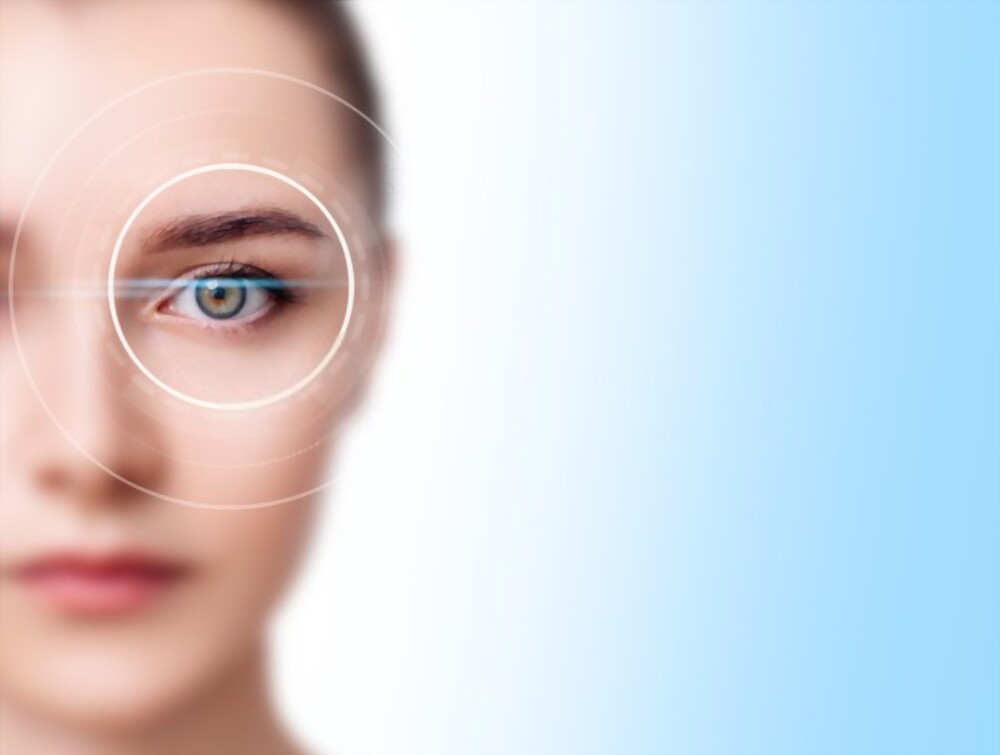
What is Eyelid Surgery (Blepharoplasty)?
The eyelid is one of the places where the visual effects of aging are first observed. With aging, the skin loses its elastic structure and begins to loosen and sag. The fact that the thin skin structure on the eyelids succumbs to time and gravity and begins to leave itself can be a problem not only visually, but also in terms of its potential to come to the point that it will affect the visual function. The main reason that triggers the formation of problems such as drooping, loosening, sagging and wrinkles in the eyelids is the age factor. In addition, it is thought that habits such as cigarettes, tobacco and alcohol accelerate skin aging by disrupting the skin structure.
Apart from the effect of aging, the eye area can cause an undesirable appearance in the face area due to reasons such as the structurally low appearance of the upper eyelids, deformities and dysfunctions of the eyelids. Likewise, bagging and wrinkles appearing on the lower eyelids can also cause an extremely disturbing appearance. Eyelid surgery, called blepharoplasty in Aesthetic Plastic and Reconstructive Surgery, is the process of harmonizing the lower or upper eyelids around the eyes with surgical interventions. Eyelid surgery can be performed alone or in combination with other facial aesthetic procedures. It is possible to eliminate all kinds of problems that will disrupt the visual integrity, such as drooping eyelids, sagging, wrinkles, with aesthetic procedures.
There is no strict age limit for eyelid surgery. Although it is generally applied to people over the age of 35, it can be performed at an earlier age in cases where the eyelid is congenital and the eyelid is structurally low. Visual deformations such as drooping, sagging, wrinkles and bagging on the eyelids can cause people to look tired, sick or unhappy. The targeted result with eyelid surgery; It is to create a younger, healthier, vigorous and dynamic aesthetic picture in the face area.
How is Eyelid Surgery Performed?
The prerequisite for all surgeries performed surgically is that the person is healthy enough to tolerate the intervention. For this reason, the suitability of the general health status of the person is evaluated first. If it is decided to have a surgical intervention on the eyelids according to the information given by the patient, the blood tests deemed necessary and the results of the detailed physical examination, a detailed procedure planning covering the pre- and post-operative period is made. The patient is informed in detail about the threats that have the potential to adversely affect the healing process before, during and after the eyelid aesthetic surgery. The doctor may request that some drugs that are used regularly or that have blood thinning effects be suspended before the surgery. If only the upper eyelid is to be intervened in blepharoplasty operations, it can generally be performed under local anesthesia. The type of anesthesia may vary depending on whether the lower eyelid and eyelid surgery will be combined with other facial aesthetic procedures. Upper eyelid aesthetic surgery is performed with the aim of removing the excess skin by making an incision from the upper eyelid fold line and shaping the eye area into an aesthetic shape. In the lower eyelid surgery, it is done by removing the fat pads called the incision and bagging from the lower eyelash area.
What is the Healing Process After Eyelid Surgery?
After eyelid surgery, the patient can be discharged on the same day after resting for a while. It is an operation that does not require hospitalization. After the surgery, the incision sites are closed with small tapes. Bandages are not applied to completely cover the eyes. Therefore, the eyes will not remain closed after the surgery. Swelling and bruising may occur in the procedure area. This is a normal expected situation and is expected to pass within 1 week at the latest. The patient should avoid activities that tire or force the eye after surgery. The patient can return to working life after 1 week with the reduction of swelling. In order for the post-operative edema and possible bruising to heal more quickly, it is necessary to apply ice compresses for the period recommended by the doctor. Prescribed antibiotics, ointments, and eye drops should be used regularly as described. Pain and ache due to surgery are generally mild and can be controlled with simple painkillers and prescribed eye drops.
Specialist Doctors
Medical Branch
Succesful Operation
Other Details About Eyelid Surgery
One of the most concerned issues about eyelid surgery is whether this surgery harms visual function. Eyelid surgeries deal with sagging skin on the eyelid and deformation in the lower eyelid. Therefore, it is unlikely to damage eyesight. After the operation, the operation area is closed with thin bands only from the incision area. Therefore, even during the healing process, there is no situation that will prevent vision. Another concern is whether there will be any scars. The area where the incision is made during the surgery is the eyelid fold line. Small scars originating from the incision in this area are hidden and are no longer a visually disturbing problem. And it is expected to fade over time.
